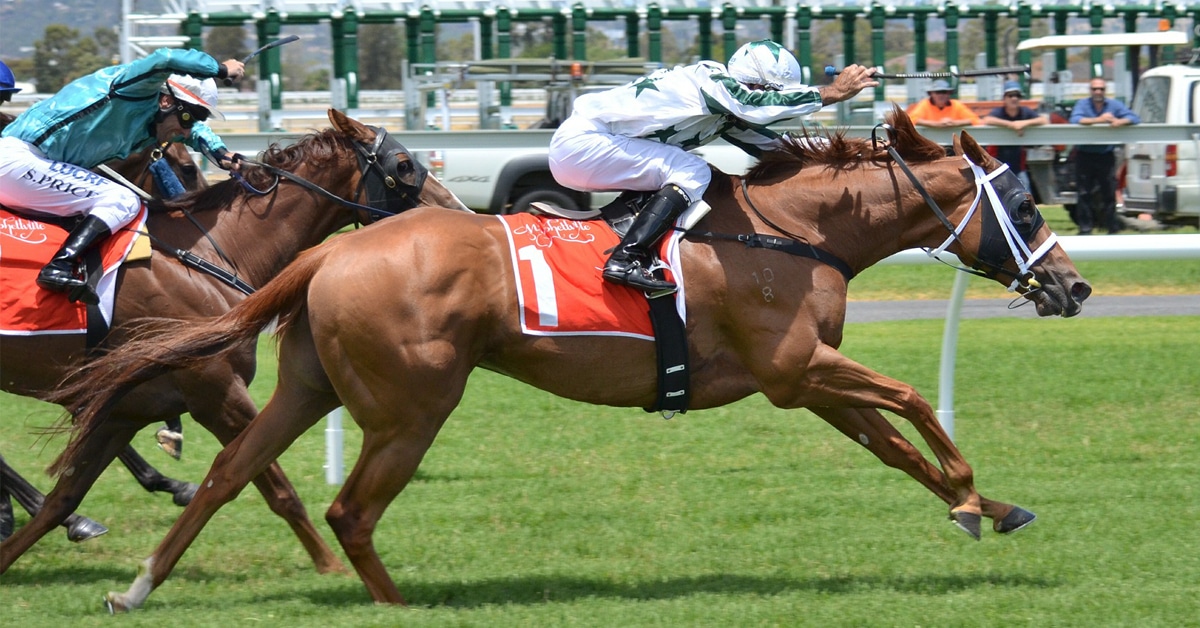Whip use in Thoroughbred racing at Canadian tracks is all over the map. Will that change on July 1st when a uniform set of whipping rules go into effect at all U.S. tracks, as mandated by the new federal Horseracing Integrity and Safety Authority (HISA)? Will Canadian tracks feel pressured to adopt the same rules to make crop use consistent everywhere on the continent?
It depends on the track. In fact, Woodbine Entertainment CEO Jim Lawson said in an interview that the U.S. regulatory body may come to view Woodbine’s rules as superior and adopt them instead.
As of July 1st, all jockeys riding at U.S. tracks will be restricted to whipping a horse overhanded no more than six times during a race, with a pause after each two hits to give the horse a chance to respond. There will be no limit to underhand urging.
At Canadian tracks, only Assiniboia Downs is coming close to HISA’s rules. CEO Darren Dunn said the HBPA and Manitoba Jockey Club applied to the provincial Liquor, Gaming and Cannabis Authority to adopt HISA’s crop rule except to allow 10 overhand strikes in any race instead of six. “We reviewed the Canadian tracks and a significant list of U.S.-based tracks and HISA before making a determination,” he said.
Crop use rules at other Canadian tracks:
- Hastings Park in Vancouver has no rules. “Just as long as the animal isn’t being abused,” a spokesperson said.
- At Century Mile in Edmonton, the rule is “hit three times and push” with no limit to the number of times that may be done.
- Woodbine and Fort Erie jockeys can’t strike a horse overhanded at all.
Woodbine and Fort Erie adopted the most conservative whipping policy in Canada after Woodbine experimented with it in 2019. “We’re very comfortable with what we’re doing [allowing only underhanded urging],” said Woodbine’s CEO Lawson. “It’s been applauded. It hasn’t affected race times, wagering is good or better, jockeys have adapted and it’s been good for public perception. It’s a non-issue now. We don’t feel any pressure to conform [to the U.S. rules].”
Jockeys coming from the U.S. to ride in stakes races at Woodbine “might forget” about the riding rules, he said, but that hasn’t been a major problem.
So what kind of ride in a Woodbine race could result in a jockey being penalized? Watch this replay of a race from last Oct. 23 in which the rider of #3 I Am Resilient, Jodeien Anderson, was fined $300 and given a one-day suspension for his second offense of “excessive crop use.”:
In Alberta, the “three hits and one push” rule was adopted after a lengthy process that involved public input, said Century Mile racing manager Alan Goodsell. He suggested the track “should be working to get on HISA’s side by 2023 as much as we can” but said no changes can be made until there’s a public process that starts in November.
A spokesperson at Hastings said the industry “needs some sort of continuity” not only in whipping but in other matters affecting racing, but nothing is currently under discussion.
And where do jockeys sit with the different sets of rules at different tracks? “Uniformity is always better,” said Daren Gomez, the head of the Jockeys Benefit Association of Canada, but added there’s been no major discussion on the topic among jockeys.
Regardless of what rules are in place, he said, “if a jockey is riding in a million-dollar race, he’ll do what he needs to do.” He said that’s what a horse owner and players would want and an owner would pay a jockey’s fine if a fine were meted out.
He wonders what all the fuss is about anyway, considering that whips these days are not the long leather biting ones; they’re called cushion whips because they motivate a horse through a popping noise. “You’d have to use a lot of strength to hurt a horse.”
He said Hall of Fame jockey Laffit Pincay, Jr., got it right when he would strike a horse once and only continue its use if the horse responded to the initial strike. Otherwise, he wouldn’t use it again. That resulted in his hand rides gaining universal respect and admiration.


